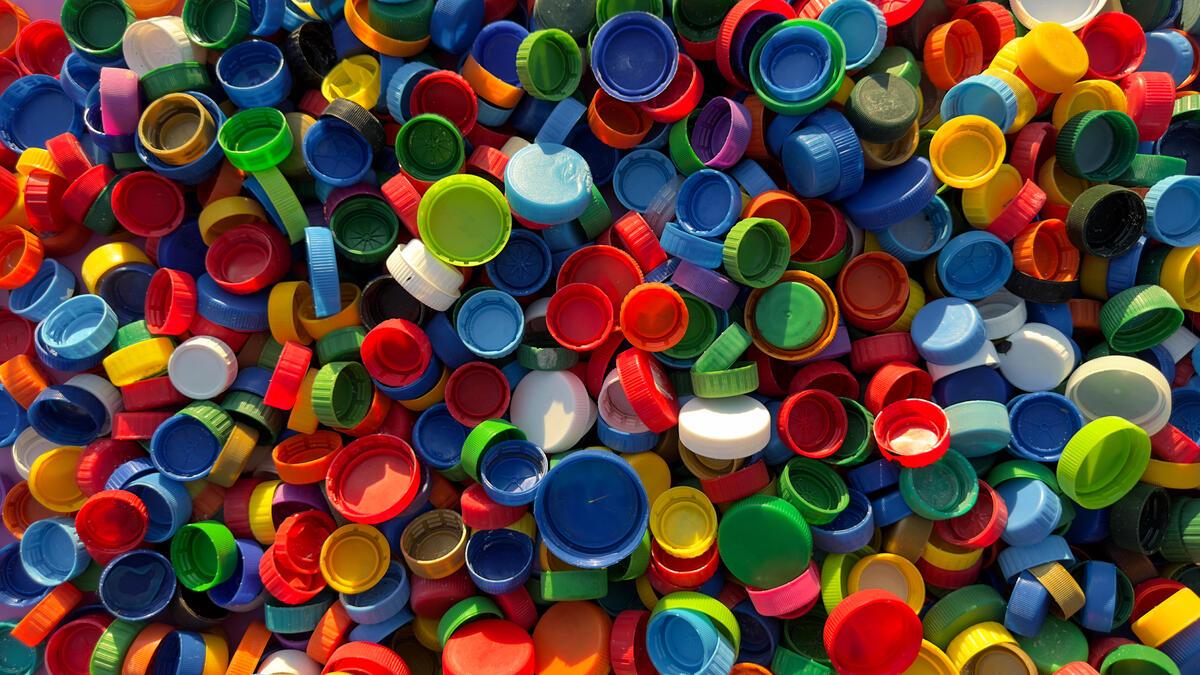The European Union’s Packaging and Packaging Waste Regulation (PPWR) is a transformative framework set to come into force shortly. As a company engaged in the packaging industry, we are already preparing for its impact. Here’s what you need to know.
What is the PPWR?
The PPWR is a set of EU rules aimed at cutting down packaging waste, improving recyclability, and increasing the use of recycled materials. It introduces clear requirements and targets for recycling, reuse, and integrating recycled content into packaging. It will come into force on 11 February 2025 and the regulation will become applicable as of 12 August 2026.
Now that the European Council has formally approved it, the PPWR is legally binding across all EU member states. It is a key part of the EU’s broader strategy to achieve climate neutrality by 2050 and transition to a circular economy.
PPWR’s targets and goals
The PPWR is designed to reduce packaging waste and create consistency across the EU, ensuring businesses follow the same rules, use standardised labels, and adhere to shared definitions.
Making packaging recyclable
By 2030, all packaging must be recyclable, with clear design criteria to support this goal. It’s not just about designing for recyclability—the materials need to be recycled at scale. This means that the materials must be capable of being effectively collected, processed, and recycled at a minimum rate of 55% across the EU. Polymers with a recycling rate below 55% will no longer be permitted for use. The regulation encourages mechanical and advanced recycling to ensure high-quality recyclates that can be used in new packaging.
Increasing recycled content
The regulation sets specific targets for how much recycled content plastic packaging must contain. By 2030, the target is an average of 30% across all plastic packaging, with specific requirements for food-contact applications (compared to 2018 levels). For example, polystyrene food packaging must have at least 10% recycled content, while polystyrene bottles must have 30% recycled content. These targets will progressively increase with stricter requirements coming into effect in 2035 and becoming more stringent in 2040.
Reducing single-use plastics packaging
Some single-use plastic packaging will be phased out, including:
- Packaging for pre-packed fruit and vegetables under 1.5 kg
- Disposable food and drink packaging used in hospitality
- Small, single-use toiletry and cosmetic bottles (e.g., shampoo and lotion bottles)
- Very lightweight plastic bags
Encouraging reuse and refill
Businesses will be expected to meet binding reuse targets by 2030, with further goals set for 2040. For example, 40% of transport and sales packaging must be reusable, while grouped packaging has a 10% target. Additionally, food and beverage businesses will need to allow customers to bring their own refillable containers at no extra charge.
Supporting bio-based plastics
While bio-based plastics are encouraged as a way to reduce emissions, the focus remains on improving recycling. The regulation pushes for a balance between recycled content and bio-based materials.
Challenges and industry response
The European plastics industry, represented by Plastics Europe, has expressed support for the PPWR’s targets but also highlights several challenges. There are concerns about the feasibility of some reuse targets, particularly for transport packaging, the need for a stable regulatory framework to encourage investments in recycling infrastructure, and ensuring that the right systems are in place to collect and recycle materials.
What this means for INEOS Styrolution
The PPWR is very important for us as a company, as it sets clear targets for a sustainable packaging industry in Europe. We are well prepared, ensuring we have the resources to meet new regulations, and are more than ready to contribute our share to a circular packaging industry. Meeting the requirements of the PPWR is a joint effort that requires coordination across the entire packaging value chain. We have been proactive in adapting to the requirements and are taking measured, strategic steps in close alignment with our customers, to make sustainable packaging work at scale.
The PPWR, as it currently stands, is just the foundation—with around 30 additional regulations still to come, detailing how recycling should be measured, scaled, and proven to be sustainable. While we’re actively taking the necessary steps to drive sustainability, the finalisation of these rules, including approval for our recycled PS (novel technology), will depend on further regulatory developments.
Looking ahead
The PPWR represents a critical step towards a sustainable future for packaging in Europe. While challenges remain, the regulation provides a clear roadmap for innovation and responsible packaging practices.
This regulation will be a key driver of change, pushing businesses to rethink materials and waste management. While it offers direction and certainty, success will depend on strong collaboration across the value chain—from suppliers and recyclers to policymakers and consumers.
Reference
EU Packaging And Packaging Waste Regulation (PPWR)

